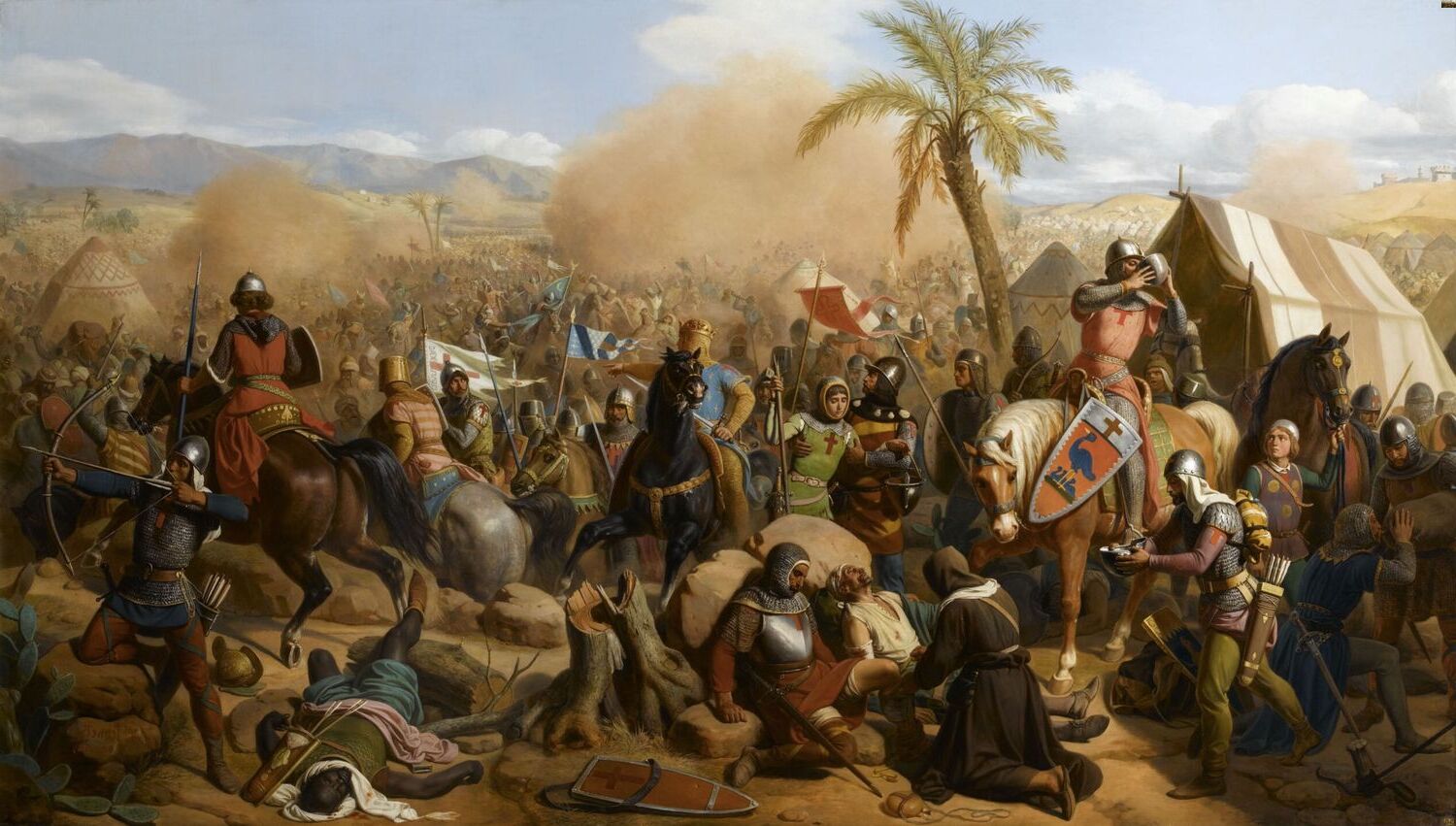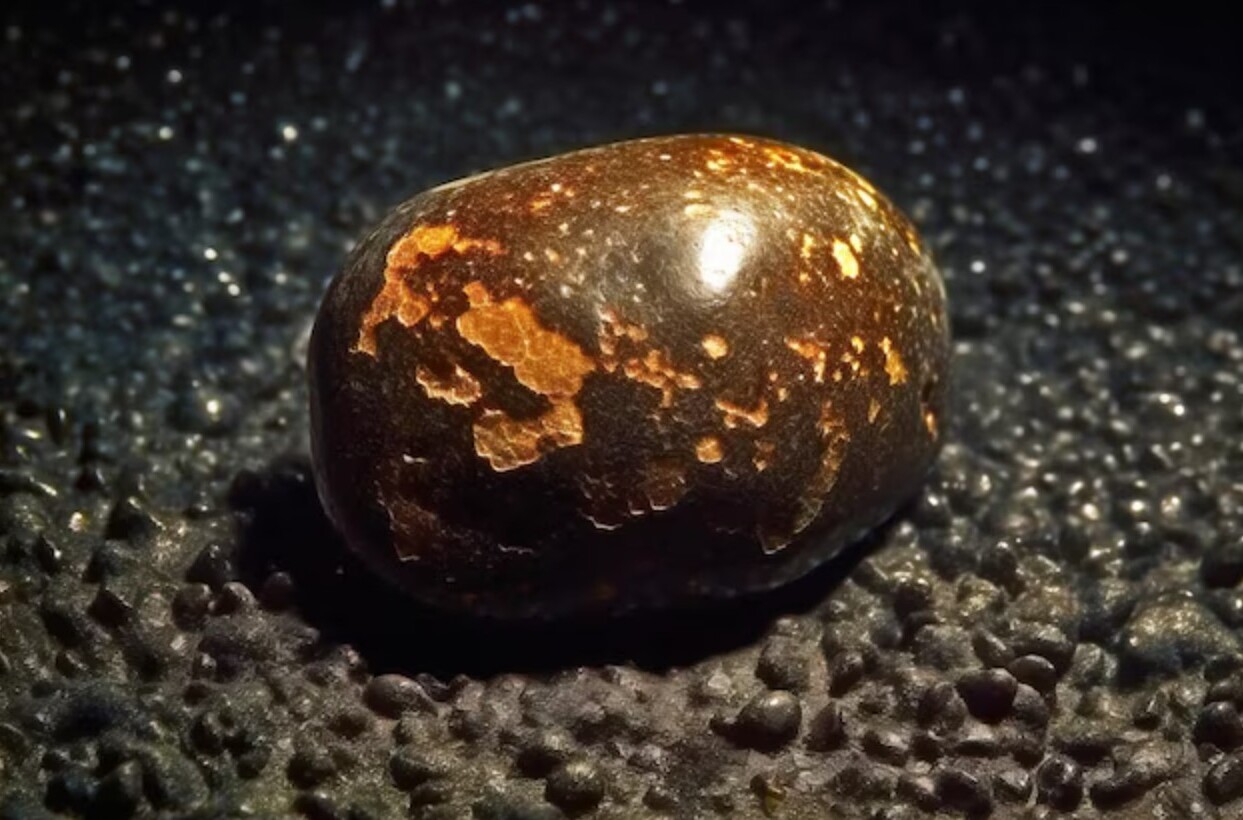
Orange is a vibrant and eye-catching color that is often associated with energy, enthusiasm, and creativity. Whether it is the color of a beautiful sunset, a juicy citrus fruit, or a blazing fire, there is something captivating about this warm hue. But beyond its aesthetic appeal, orange holds a rich history and interesting symbolism. In this article, we will explore 20 fascinating facts about the color orange that you may not be aware of. From its origins and cultural significance to its use in branding and psychology, this collection of facts will provide you with a deeper understanding of the multifaceted nature of the color orange. So, let’s dive into the vivid world of orange and uncover some intriguing details!
Key Takeaways:
- Orange is a vibrant color associated with enthusiasm, creativity, and happiness. It symbolizes adventure, strength, and is commonly used in sports, food, and art to create a lively and uplifting atmosphere.
- The color orange has a rich history and cultural significance, representing qualities like caution, spirituality, and endurance. It is also known for stimulating appetite and dominating beautiful sunsets in tropical destinations.
The color orange is named after the fruit.
Contrary to popular belief, the color orange was named after the fruit, not the other way around. The word “orange” entered the English language in the 14th century.
Orange is a secondary color.
Orange is created by mixing red and yellow on the color wheel, making it a secondary color. It falls between red and yellow in terms of wavelength and perception.
Orange is associated with enthusiasm and creativity.
The color orange is often associated with feelings of enthusiasm, excitement, and creativity. It is said to stimulate mental activity and encourage social interactions.
Orange is the color of sunsets and sunrises.
When the sun is low on the horizon during sunrise or sunset, its light passes through more of the Earth’s atmosphere, causing shorter wavelengths (blue and green) to scatter and longer wavelengths (red and orange) to dominate the sky.
Orange is a popular color in sports.
Many sports teams around the world incorporate the color orange into their uniforms. It is often used to represent energy, determination, and strength.
The color orange is associated with autumn.
As the leaves change color during the fall season, shades of orange become prevalent. The vibrant hues of orange evoke warmth and coziness.
Orange is the color of the Netherlands.
The Dutch royal family belongs to the House of Orange. The color orange is widely associated with their country, and it is prominently displayed during national celebrations and sporting events.
Orange is sometimes used to symbolize caution.
In traffic signals and signs, the color orange is often used to indicate caution or warning. This is because it is a bright and attention-grabbing color.
Orange is a common color in food and beverages.
Many fruits and vegetables, such as oranges, carrots, and pumpkins, are naturally orange in color. Orange beverages like orange juice and orange soda are also popular choices.
Orange is associated with happiness and joy.
The color orange is believed to evoke feelings of happiness and joy. It is often used in interior design to create a vibrant and uplifting atmosphere.
Orange is an important color in Hinduism and Buddhism.
In Hinduism, orange is associated with purity and spirituality. Buddhist monks often wear orange robes, which symbolize simplicity and renunciation of material desires.
Orange is the color of the monarch butterfly.
The monarch butterfly, known for its vibrant orange wings with black veins, is widely recognized and admired for its beauty. It undergoes a long migration journey and is considered a symbol of transformation and rebirth.
The color orange has a high visibility.
Orange is one of the most easily noticeable colors, especially in low-light conditions or against dark backgrounds. It is often used in safety equipment and construction signs for this reason.
Orange is a popular color for Halloween.
During Halloween festivities, the color orange is associated with pumpkins, jack-o’-lanterns, and the spooky atmosphere of the holiday.
Orange is the color of adventure and risk-taking.
Psychologically, the color orange is believed to encourage individuals to step out of their comfort zones and embrace new experiences. It symbolizes the spirit of adventure and risk-taking.
Orange is a symbol of strength and endurance.
Orange is often associated with qualities like resilience, confidence, and physical strength. It embodies the ability to overcome challenges and persevere.
The color orange can stimulate appetite.
It is believed that the color orange can increase feelings of hunger and stimulate the appetite. This is why it is commonly used in food-related establishments like restaurants and fast-food chains.
Orange is a revered color in cultures around the world.
In many cultures, the color orange holds significance and symbolism. It can represent various attributes such as luck, prosperity, spirituality, and rejuvenation.
Orange is the color of the sunset in tropical destinations.
In tropical regions, where the skies are clear and the sunsets are breathtaking, shades of orange dominate the horizon, creating a mesmerizing and serene atmosphere.
Orange is a versatile color in art and design.
The color orange can be utilized in various art forms and design applications. It adds vibrancy, contrast, and a sense of warmth to compositions.
Conclusion
After diving into the world of the color orange, it’s clear that this vibrant hue holds a fascinating array of meanings and associations. From symbolizing energy and enthusiasm to representing warmth and creativity, orange is a color that cannot be ignored. Whether it’s the sight of a beautiful sunset, the savoring of a juicy orange fruit, or the feeling of excitement that comes from wearing orange attire, this color has the power to evoke strong emotions and leave a lasting impression. So the next time you spot a splash of orange in your surroundings, take a moment to appreciate its unique qualities and the impact it can have on our lives.
FAQs
1. What is the psychology behind the color orange?
The color orange is associated with energy, enthusiasm, and happiness. It is believed to promote feelings of warmth, creativity, and vitality.
2. How does the color orange affect our mood?
Orange is known to stimulate feelings of excitement and optimism. It can also increase a person’s energy levels and promote a sense of motivation and determination.
3. What are some common associations with the color orange?
Orange is often associated with concepts such as sunsets, fire, warmth, and autumn. It is also commonly linked to Halloween and citrus fruits like oranges.
4. Is orange a popular choice in branding and marketing?
Yes, orange is often used in branding and marketing due to its ability to grab attention and evoke positive emotions. It can symbolize creativity, enthusiasm, and affordability.
5. Are there any cultural or religious significances associated with orange?
Orange holds different meanings in various cultures and religions. For example, in Hinduism, it is associated with purity, while in Buddhism, it represents the highest level of spiritual attainment.
Exploring orange's vibrant history and symbolism sparks curiosity about life's other colorful wonders. Adventurers might appreciate rugged gear like waterproof lighters for outdoor excursions or sturdy chainsaw chaps for tackling tough jobs. Those seeking tranquility at home could find solace in the soft glow of salt lamps. Whether you crave excitement or relaxation, there's always more to learn and experience.
Was this page helpful?
Our commitment to delivering trustworthy and engaging content is at the heart of what we do. Each fact on our site is contributed by real users like you, bringing a wealth of diverse insights and information. To ensure the highest standards of accuracy and reliability, our dedicated editors meticulously review each submission. This process guarantees that the facts we share are not only fascinating but also credible. Trust in our commitment to quality and authenticity as you explore and learn with us.


